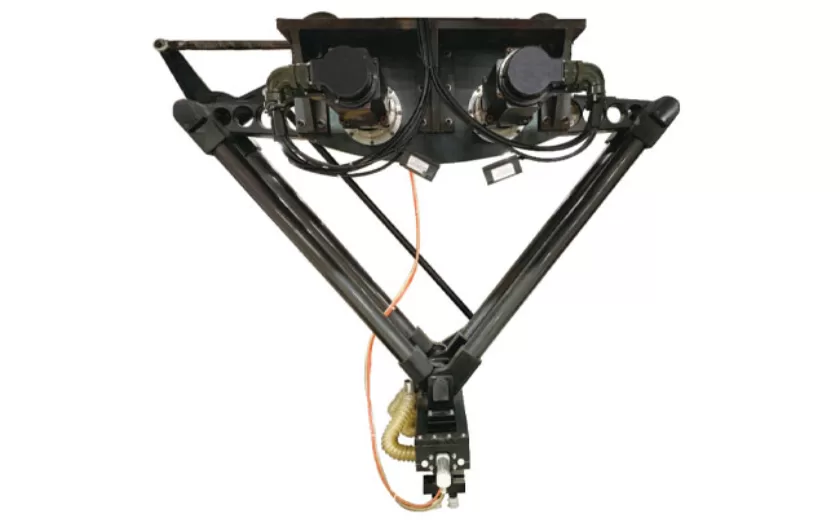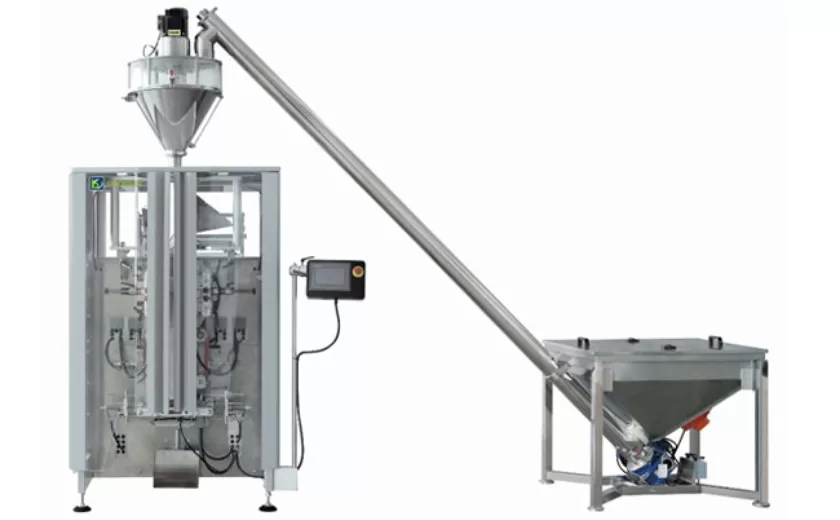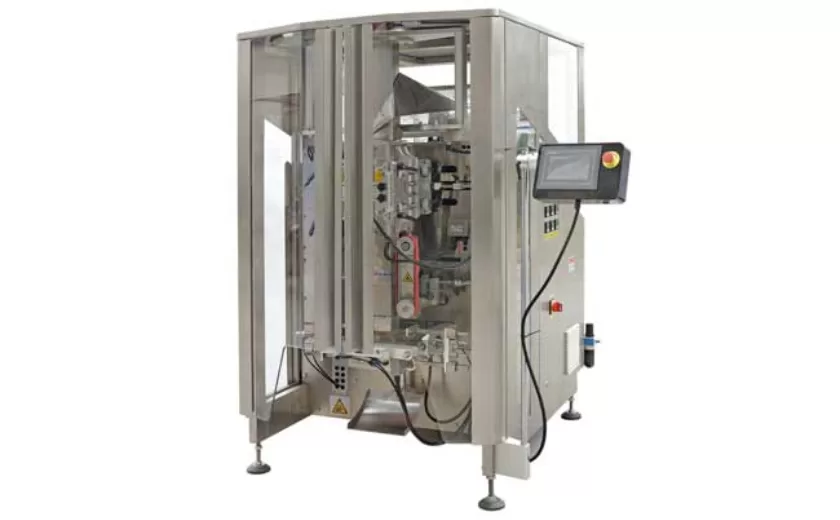Automated Food Packing Equipment: Revolutionizing Efficiency in the Food Industry
Automated Food Packing Equipment: Revolutionizing Efficiency in the Food Industry
In the fast-paced world of food production, efficiency and quality are paramount. The advent of automated food packing equipment has transformed the way food is processed, packaged, and delivered to consumers. This blog post delves into the realm of automated food packing equipment, exploring its significance, benefits, and impact on the food industry.
1. The Rise of Automated Food Packing Equipment
Automated food packing equipment has revolutionized the food industry by streamlining packaging processes and reducing human intervention. In this section, we explore the evolution of automated packing technology and its role in enhancing efficiency and productivity.
1.1 Evolution of Automated Packing Technology
From simple conveyor belts to sophisticated robotic systems, automated food packing equipment has come a long way. The integration of AI and machine learning has enabled machines to perform complex packaging tasks with precision and speed.
1.2 Benefits of Automated Food Packing Equipment
The adoption of automated food packing equipment offers numerous benefits, including increased production rates, improved product quality, and reduced labor costs. By automating repetitive and labor-intensive tasks, companies can enhance their operational efficiency and meet consumer demands effectively.
2. Advancements in Automated Packaging Technology
Recent advancements in automated packaging technology have pushed the boundaries of innovation in the food industry. In this section, we delve into cutting-edge technologies that are reshaping the way food is packed and distributed.
2.1 Robotics and Automation
The integration of robotics and automation in food packing processes has enabled companies to achieve higher levels of precision and consistency. Robotic arms equipped with sensors can handle delicate food items with care, ensuring uniformity in packaging.
2.2 Smart Packaging Solutions
Smart packaging solutions, such as connected sensors and RFID tags, are transforming the packaging landscape. These technologies not only enhance product traceability but also help in monitoring the quality and freshness of food products throughout the supply chain.
3. Future Prospects and Implications
The future of automated food packing equipment holds immense potential for further innovation and enhancement. In this section, we discuss the implications of emerging technologies and their impact on the food industry.
3.1 Sustainable Packaging Practices
With a growing emphasis on sustainability, automated food packing equipment is evolving to incorporate eco-friendly materials and practices. Companies are exploring biodegradable packaging options and reducing waste generation through optimized packaging processes.
3.2 Integration of AI and IoT
The integration of artificial intelligence (AI) and the Internet of Things (IoT) is reshaping the way food packing equipment operates. AI algorithms can predict packaging requirements and optimize processes in real time, while IoT devices ensure seamless communication and data exchange.
Automated food packing equipment is not just a technological advancement; it is a game-changer in the food industry. By embracing automation and innovation, food manufacturers can stay ahead of the competition and deliver quality products efficiently.
-

Advanced Packing Solutions: Snacks, Sugar, and Frozen Food Machines
29-10-2025 -

Efficient and Reliable Solutions for Salt, Nuts, and Frozen Dumplings Packing
29-10-2025 -

High-Performance Biscuits, Lollipop, and Ketchup Packing Machines for Modern Food Production
29-10-2025 -

Efficient Liquid Filling and Packing Machines for Modern Production
23-10-2025 -

Reliable Granule Packaging Machines for Efficient Production
23-10-2025 -

Efficient Auger Powder Filling Machines for Accurate Packaging
23-10-2025 -

High-Performance Liquid Filling and Packing Machines for Hygienic Production
10-10-2025 -

High-Efficiency Granule Packaging Machines for Precision and Speed
10-10-2025 -

High-Precision Auger Type Powder Filling Machines for Efficient Packaging
10-10-2025 -

Efficient Vertical Form Fill Seal Packaging Machines for Smart Production
10-10-2025





